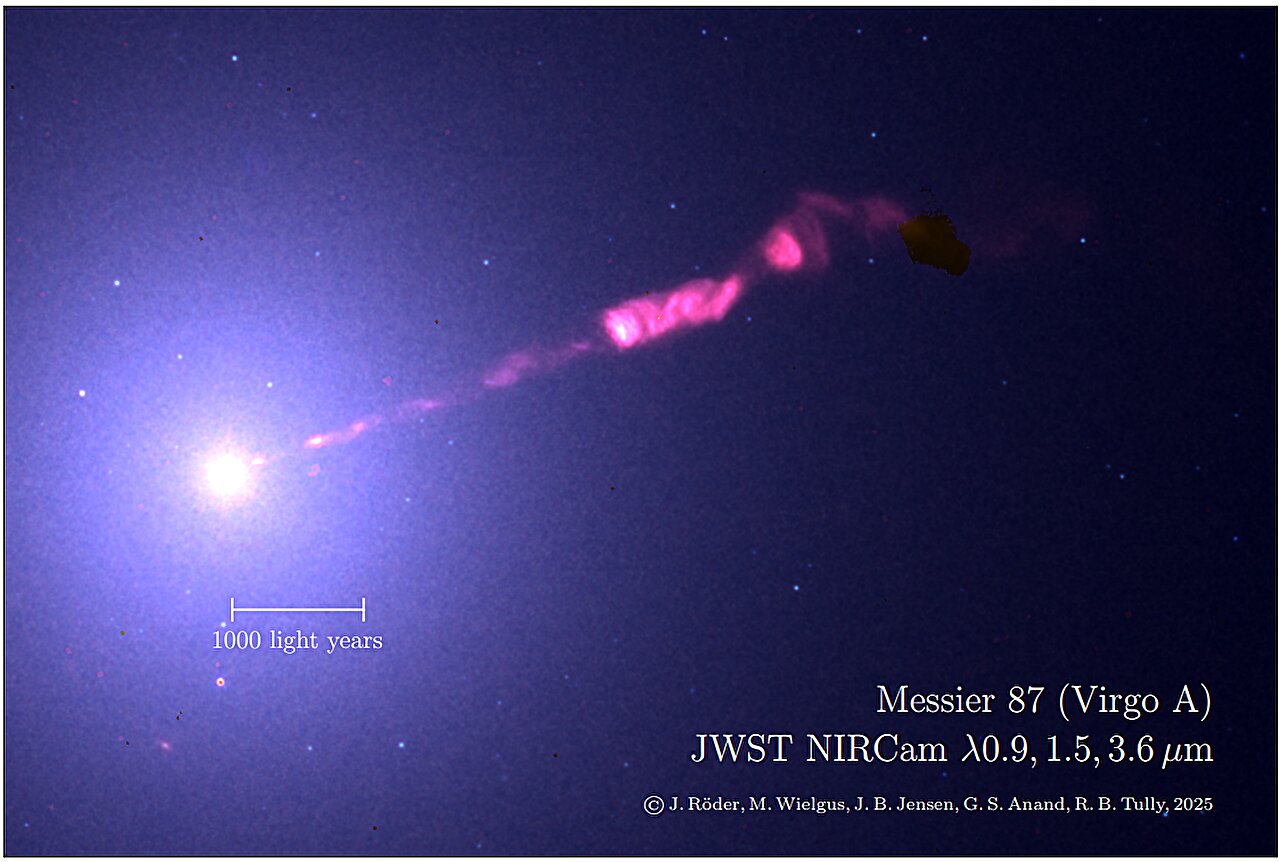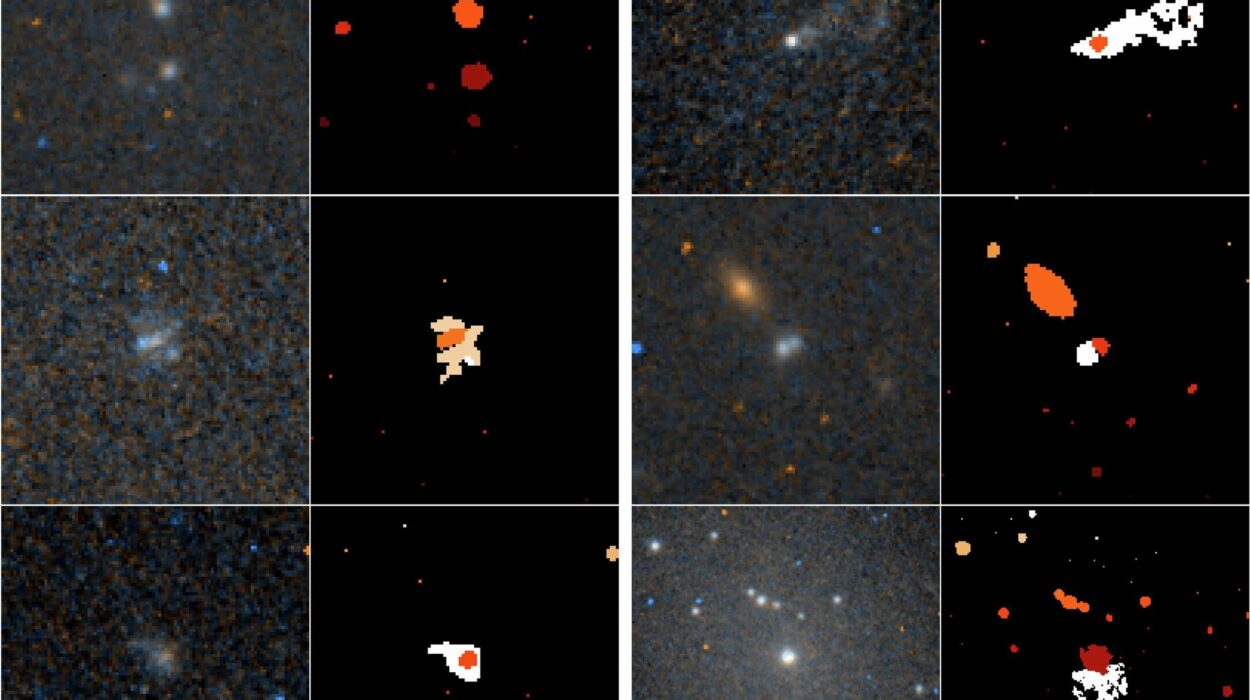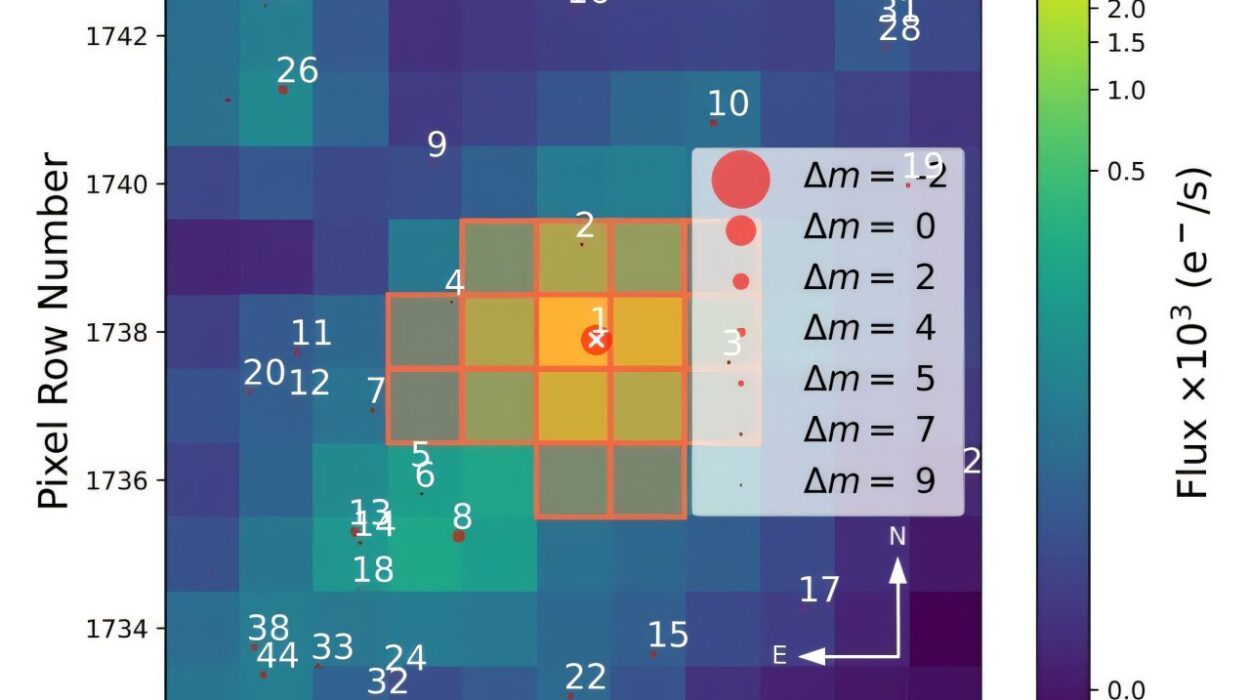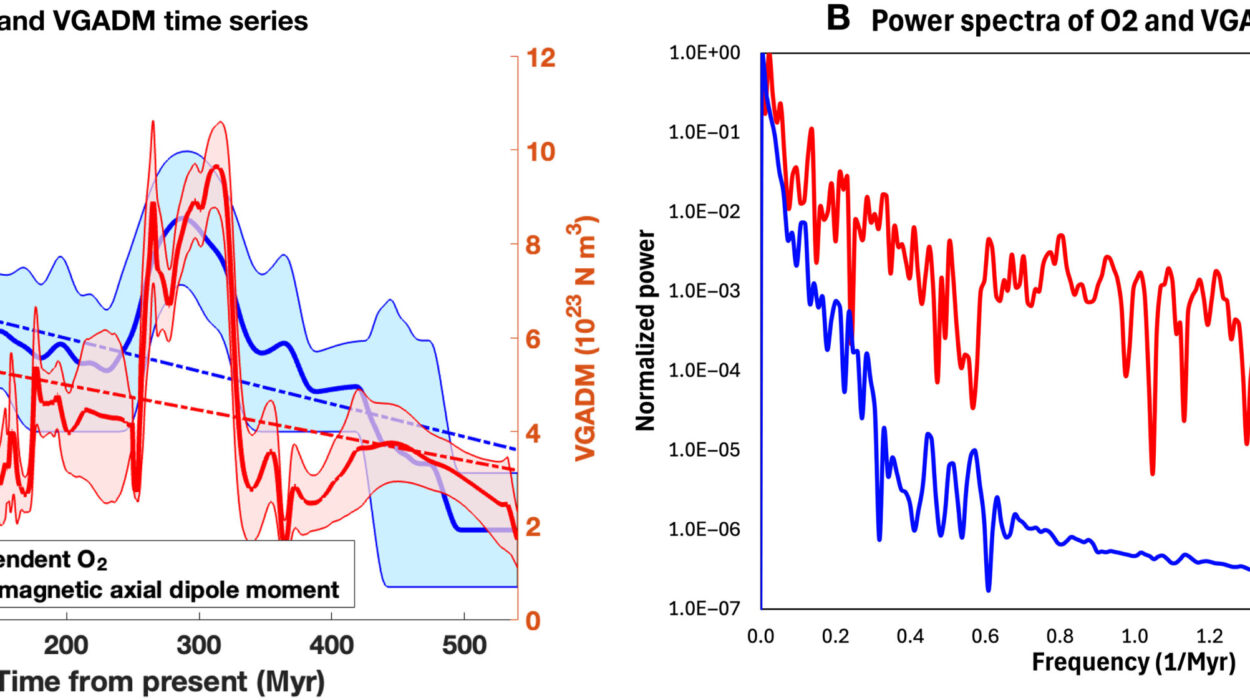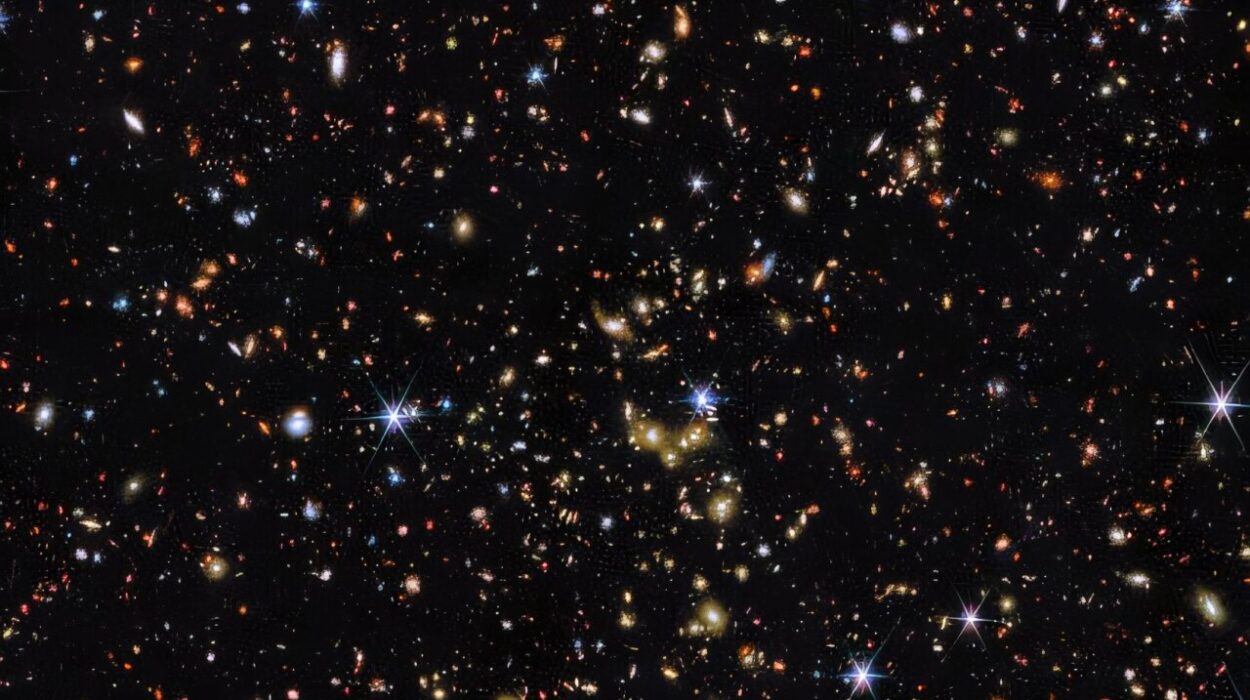Among the vast population of galaxies scattered across the observable universe, few are as captivating—or as influential in modern astronomy—as Messier 87, more often known simply as M87. This massive elliptical galaxy, located about 55 million light-years away in the Virgo Cluster, has long been a favorite of astronomers. Discovered in the late 18th century by French astronomer Charles Messier, M87 was first noted as a faint, fuzzy object in the night sky. Messier’s intention at the time was practical: he was compiling a catalog of nebulous objects so that comet hunters could avoid confusing them with their elusive quarry.
What Messier could not have known was that the faint smudge he recorded was in fact a galaxy of staggering proportions. With trillions of stars, a population of thousands of globular clusters, and a supermassive black hole at its core, M87 is a true giant. Its central black hole alone weighs several billion times the mass of our Sun. Even more astonishing, this black hole powers one of the most extraordinary structures in the universe: a colossal jet of material blasting outward at nearly the speed of light, extending thousands of light-years into intergalactic space.
M87’s jet is not only an astronomical curiosity—it is one of the most studied cosmic features in all of astrophysics. It has been observed across the entire electromagnetic spectrum, from radio waves to gamma rays, and it even played a starring role in 2019 when the Event Horizon Telescope produced the first-ever direct image of a black hole’s shadow. Yet, despite centuries of observations, mysteries remained.
Now, with the help of the James Webb Space Telescope (JWST) and its powerful near-infrared instruments, astronomers have peeled back yet another layer of M87’s secrets. What they found is reshaping our understanding of galactic jets, black hole physics, and the extreme environments near the centers of galaxies.
A Jet Born in Darkness
To appreciate the significance of these new findings, we need to consider what makes M87’s jet so remarkable. Jets like this are born in the most hostile regions of the cosmos: the accretion disks of supermassive black holes.
As matter spirals inward toward the black hole, it heats up to extraordinary temperatures and releases staggering amounts of energy. Magnetic fields in this maelstrom twist and channel some of the material, flinging it outward along the black hole’s poles in narrow, collimated beams. The result is a jet that travels across space at relativistic speeds, often appearing to move faster than light itself due to a phenomenon called superluminal motion.
In M87, this jet is not only visible in radio and optical light but shines vividly in X-rays and gamma rays. It produces its glow through synchrotron radiation, which occurs when charged particles spiral at near-light speed around magnetic field lines. But until recently, one portion of the electromagnetic spectrum had remained elusive: the infrared.
Infrared light is particularly valuable because it can penetrate dust that obscures other wavelengths, and it can reveal subtle differences in the temperature and energy of particles in the jet. However, previous attempts to observe M87’s jet in this band lacked sufficient resolution. That is where the James Webb Space Telescope enters the story.
Webb’s Infrared Vision
The JWST is the most powerful space telescope ever built, designed to see deeper into the universe and reveal structures invisible to previous observatories. Using its Near Infrared Camera (NIRCam), a team of astronomers turned its gaze toward M87 and its enigmatic jet.
The observations were conducted in four infrared bands—0.90, 1.50, 2.77, and 3.56 micrometers. But peering at M87 is no simple task. The galaxy itself is crowded with stars, dust, background galaxies, and globular clusters. To isolate the jet, researchers had to carefully subtract these sources of light, calibrate the data, and model the galaxy’s contribution. Only then did the true infrared portrait of the jet emerge.
What the images revealed was astonishing. Not only was the main jet visible in unprecedented detail, but a long-sought feature known as the counter-jet was also clearly detected.
The Helical Jet and Its Knots
The JWST images revealed that M87’s jet takes on a striking helical, or corkscrew-like, structure. Within it, astronomers identified distinct knots—bright, compact regions that likely represent shocks where particles are accelerated to extreme energies.
One of these knots, known as “L,” is relatively slow-moving but still near the galaxy’s core. Another, dubbed “HST-1” after its discovery by the Hubble Space Telescope, is more dramatic. HST-1 has been observed moving at apparent superluminal speeds and is known for sudden bursts of brightness. The JWST data resolved HST-1 into two substructures, each with slightly different spectral properties. This level of detail provides new insights into how particles are accelerated and how energy is distributed within the jet.
The team also identified all major jet components within 24 arcseconds of the galaxy’s nucleus. With infrared clarity, features that had once been blurred together now stood out distinctly, offering a map of the jet’s anatomy from its launch point near the black hole to its extended structures farther away.
The Counter-Jet Emerges
For decades, astronomers had suspected that M87’s black hole must produce not just one jet but two—one pointing toward us, and a counter-jet pointing in the opposite direction. The problem is that the counter-jet is much harder to detect. Because it is moving away from us at nearly the speed of light, its brightness is severely diminished by relativistic effects.
In the JWST infrared images, however, the counter-jet made its appearance. About 24 arcseconds from the nucleus, the counter-jet revealed itself as two filaments connected by a hotspot, forming a distinctive C-shape. This morphology was consistent with earlier radio observations, but seeing it in the infrared was a breakthrough.
The counter-jet is not just a curiosity—it provides a vital comparison point to the main jet. By studying both, scientists can test theories of jet symmetry, particle acceleration, and magnetic field structure in active galactic nuclei.
Why This Matters
The significance of this discovery goes beyond M87 itself. Jets like these are common in galaxies with active supermassive black holes, but they remain among the least understood phenomena in astrophysics. How are they launched so efficiently? How do they remain stable across thousands of light-years? What role do they play in galaxy evolution?
Infrared observations from JWST give scientists a powerful new tool to address these questions. The ability to probe structures at multiple wavelengths—radio, optical, X-ray, and now infrared—offers a more complete picture of the physics at work. The M87 study provides a benchmark, a detailed case study that can be compared to other jets across the universe.
Moreover, the findings deepen our understanding of black hole environments. The interplay of gravity, magnetism, and relativity near these monsters of the cosmos is extreme, and yet, somehow, out of this chaos emerges ordered structures like jets. Each new observation helps unravel the balance of forces that govern them.
A Glimpse into the Future
The JWST results are only the beginning. Future studies will combine infrared data with polarimetric and multi-wavelength observations to map magnetic fields, measure particle energies, and track changes in jet features over time. Already, the ability to resolve HST-1 into multiple components suggests that long-term monitoring could reveal dynamic processes on scales never seen before.
As JWST continues its mission, astronomers hope to study other galaxies with similar jets, building a comparative library that can refine theories of jet physics. At the same time, instruments like the Event Horizon Telescope and upcoming X-ray observatories will add complementary perspectives, knitting together a fuller tapestry of how black holes influence their surroundings.
Awe in the Darkness
There is something profoundly moving about these discoveries. When Charles Messier first cataloged M87, he thought he was noting down a simple nuisance in the sky. Centuries later, that faint blur has become a window into some of the deepest mysteries of the universe.
M87’s jet is not just an astrophysical phenomenon—it is a symbol of how far human curiosity can take us. From a tiny telescope in 1781 to the cutting-edge infrared eyes of JWST, our tools have grown, but the driving force has remained the same: a desire to understand.
In studying this distant galaxy, we are also learning about ourselves. We are creatures capable of unraveling forces that act across millions of light-years, of detecting filaments of light emitted by particles spiraling at near-light speed around invisible magnetic fields. We are, improbably, a species of stargazers who have found a way to turn wonder into knowledge.
And so, as JWST reveals the hidden structure of M87’s jet and counter-jet, it is not only rewriting astrophysics textbooks. It is also reminding us that the universe is full of beauty waiting to be uncovered, that the darkness of space is not empty but alive with phenomena beyond imagination, and that our quest to understand will never truly be finished.
M87, once a faint smudge in Charles Messier’s notebook, is now a cosmic beacon. And thanks to the James Webb Space Telescope, its light tells us more than ever before about the extraordinary power of black holes, the delicate choreography of cosmic forces, and the endless reach of human curiosity.
More information: Jan Röder et al, The infrared jet of M87 observed with JWST, Astronomy & Astrophysics (2025). DOI: 10.1051/0004-6361/202556577
